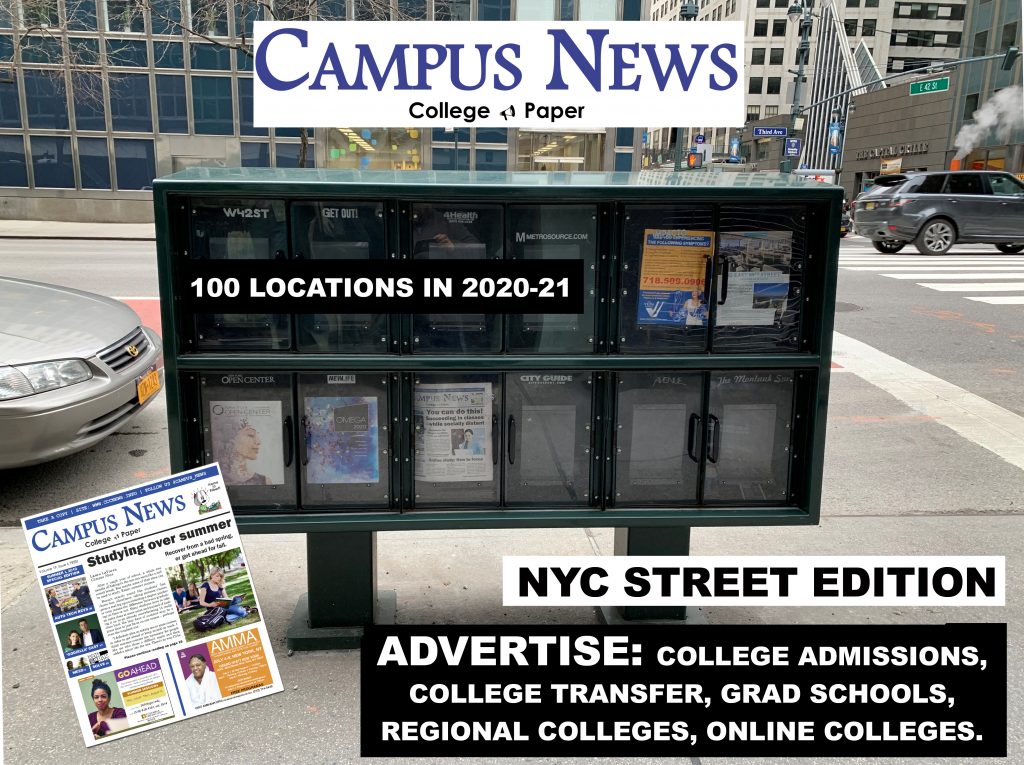Many of my journalism friends shared the recent story about how The Village Voice has called it quits. The tone of their comments was mainly of sadness, similar to the tone expressed by people on social media with the recent passing of beloved celebrities.
But what my journalism friends hadn’t noticed was The Voice really had died a year ago, when it ceased printing. The paper saved face at the time by saying they were continuing as an online-only publication, but their readers didn’t follow them to cyberspace.
In our minds, The Voice was just in honor boxes yesterday, just like it seems Aretha Franklin was singing “Respect” and Neil Simon had another Broadway hit.

But I asked around. No one I spoke to could remember the last time they’d picked up a Village Voice. For me, it may have been five or more years ago; and I love newspapers, obviously.
The Village Voice was considered the gold standard of what’s termed an alt-weekly newspaper. You can easily spot an alt-weekly, as normally they have a single illustration on the cover, often a cartoon, and long-form stories within, usually about a creative person or a progressive political movement, bar/club events listings, a sex column, art-house movie reviews, profiles of bands you’ve never heard of, and sex ads in the back.
In Albany, an alt-weekly known as Metroland called it quits a couple of years ago. A similar paper, called The Alt (pictured), popped up soon after, but since has called it quits as well. It went from weekly to bi-weekly and from 40 to 24 pages, with very few ads. Such papers are failing all over the country.
What went wrong? It’s not as simple as advertisers fleeing to the Internet or the cost of newsprint going up. The problem with alt-weeklies – which have tried to portray themselves as “edgy” – is that they were resistant to change, just like most institutions that have been around awhile.
I stopped picking up alt-weeklies because I didn’t feel a part of their club. I don’t care about the current “scene.” I don’t need to be preached to about one thing or the next (I usually agree with their slants, but what good is reading something one already knows?), and the risqué content just seems juvenile, a throwback to the days before the Internet, where such fare is now more common. Overall, alt-weeklies had a negative tone and too many unnecessary words, crammed in tiny type, designed in a 1990s kind of way. These papers gave me a headache.
There’s no real business reason why alt-weeklies couldn’t have survived, had they given up trying to appeal to clandestine people in trench coats and stopped trying to be some inside joke nobody but their dwindling clique could laugh at.
They already had the news boxes on the street – albeit neglected, covered with stickers and graffiti and often with broken windows. They already had delivery trucks and drivers and newsprint really isn’t that expensive. These papers could have kept going, if they only could have changed a bit. Instead of cranky rants – which nowadays can be found all over the web – give us something useful. Tell us something we don’t already know.
People missing alt-weeklies are just being nostalgic. They haven’t been fun in a long time.
But people share these stories of doom because they fit the woe-is-me journalistic narrative of present. The New York Daily News also recently announced major personnel cuts and can’t possibly last more than a year or two more in print.
But they don’t share the positive stories about print publications; how Parents Magazine recently sold 100 pages of advertising, how Dan’s Papers on Eastern Long Island was 200 pages for Memorial Day Weekend, and Campus News is adding 21 news boxes in New York City. Brand new boxes, with no stickers or graffiti, and with useful content. If this experiment works, maybe we can get The Village Voice’s old route list and expand further. Maybe this model will work in other major cities.
Newspapers have been around for hundreds of years. They survived radio and TV taking their ads, and many newspapers will survive the Internet taking advertising, as well. Which papers survive, exactly, are to be decided. But there always will be people who like reading and learning new things, and people who need a break from reading on devices. The audience for printed newspapers hasn’t called it quits.
 Darren Johnson majored in Writing and then worked for community newspapers. Contact him at dj@cccn.us.
Darren Johnson majored in Writing and then worked for community newspapers. Contact him at dj@cccn.us.







Facebook Comments